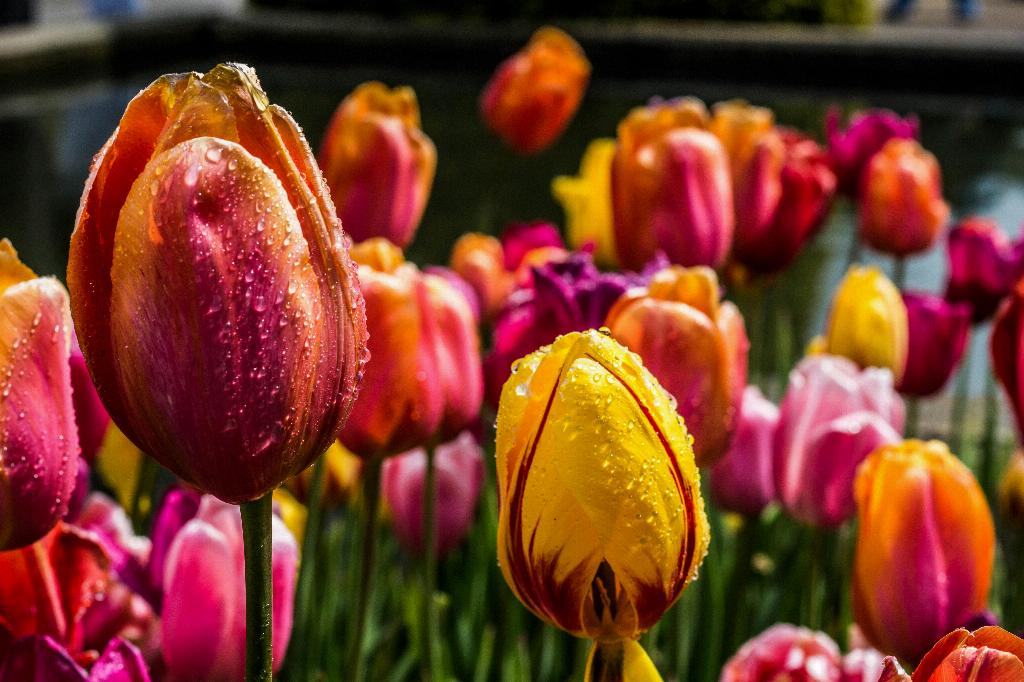Planting tulips at the right time is essential for ensuring a beautiful and vibrant display of flowers in your garden. The ideal time to plant tulips is in the fall, as this allows the bulbs to establish themselves before the cold winter months.
Understanding the Planting Time Frame
The specific timing for planting tulips can vary based on your climate zone. In colder regions (zones 3 to 5), planting in September is recommended to take advantage of the cooler soil temperatures. Transitional climates (zones 6 to 7) can benefit from planting tulips in October. In warmer climates (zones 8 to 9), it is best to wait until November or December to plant tulip bulbs.
Preparing the Soil
Before planting your tulip bulbs, it is important to prepare the soil properly. Make sure the soil is well-drained and loose to allow for healthy root development. Adding organic matter, such as compost, can help improve soil structure and fertility.
Choosing the Right Location
When selecting a spot for planting tulips, choose an area that receives ample sunlight and has good air circulation. Avoid planting in areas that are prone to waterlogging, as this can cause the bulbs to rot.
Planting Depth and Spacing
When planting tulip bulbs, ensure they are placed at the correct depth. A general rule of thumb is to plant bulbs at a depth that is three times their diameter. Space the bulbs several inches apart to allow for proper growth and airflow.
Watering and Care
After planting your tulip bulbs, water them well to help settle the soil and initiate root growth. During the fall, continue to water as needed to keep the soil evenly moist. Once winter arrives, reduce watering to prevent waterlogging.
Protecting Against Pests and Diseases
To protect your tulip bulbs from pests and diseases, consider using natural repellents or barriers. Watch out for signs of fungal diseases and take prompt action if needed to prevent the spread to other plants.
Encouraging Flowering
To encourage robust flowering, consider applying a balanced fertilizer in the spring as the foliage begins to emerge. This can help provide the necessary nutrients for healthy growth and vibrant blooms.
Dealing with Post-Flowering Care
After the tulip flowers fade, deadhead the spent blooms to prevent the plant from expending energy on seed production. Allow the foliage to yellow and wither naturally, as this helps the bulbs store energy for the next growing season.
Dividing and Replanting
Over time, tulip bulbs may multiply and become overcrowded. To maintain optimal growth and flowering, consider dividing the bulbs every few years and replanting them in a new location or refreshing the existing soil.
Seasonal Maintenance
Throughout the year, monitor the health of your tulip plants and address any issues promptly. Remove any diseased or damaged foliage, and provide supplemental watering during dry periods to support healthy growth.
Enjoying the Fruits of Your Labor
With proper planting and care, your tulips will reward you with a stunning display of colorful flowers in the spring. Take the time to appreciate the beauty of your garden and share the joy of gardening with others.

